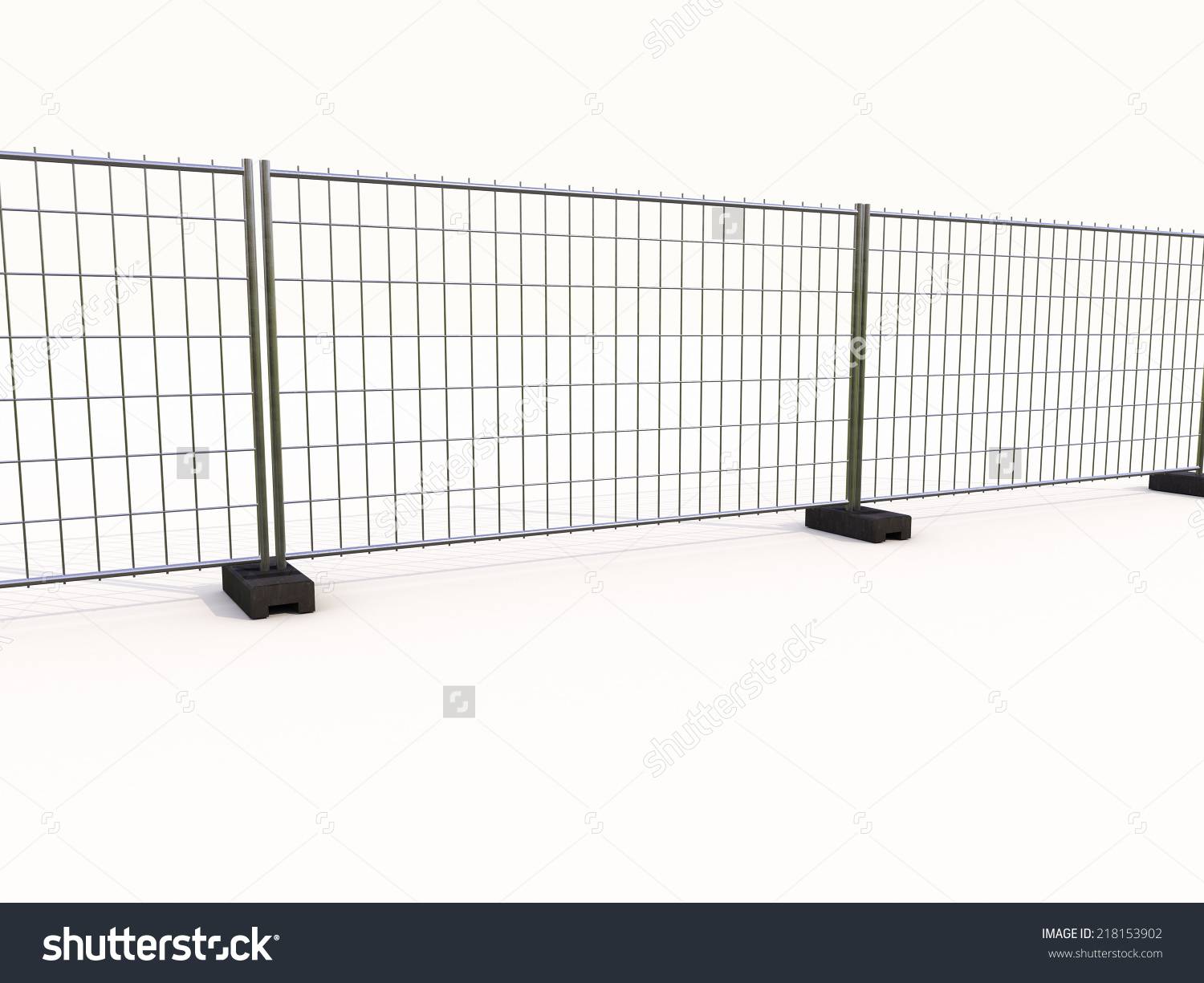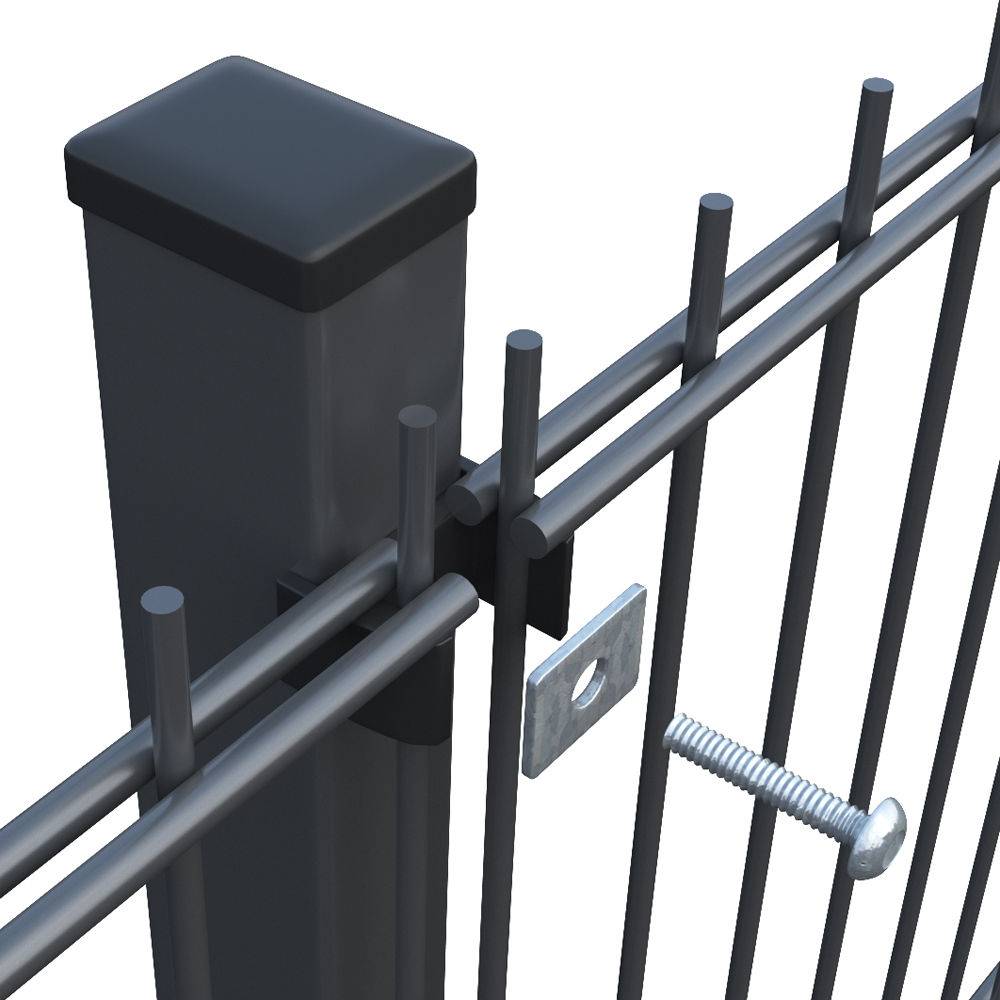

- Afrikaans
- Albanian
- Amharic
- Arabic
- Armenian
- Azerbaijani
- Basque
- Belarusian
- Bengali
- Bosnian
- Bulgarian
- Catalan
- Cebuano
- China
- China (Taiwan)
- Corsican
- Croatian
- Czech
- Danish
- Dutch
- English
- Esperanto
- Estonian
- Finnish
- French
- Frisian
- Galician
- Georgian
- German
- Greek
- Gujarati
- Haitian Creole
- hausa
- hawaiian
- Hebrew
- Hindi
- Miao
- Hungarian
- Icelandic
- igbo
- Indonesian
- irish
- Italian
- Japanese
- Javanese
- Kannada
- kazakh
- Khmer
- Rwandese
- Korean
- Kurdish
- Kyrgyz
- Lao
- Latin
- Latvian
- Lithuanian
- Luxembourgish
- Macedonian
- Malgashi
- Malay
- Malayalam
- Maltese
- Maori
- Marathi
- Mongolian
- Myanmar
- Nepali
- Norwegian
- Norwegian
- Occitan
- Pashto
- Persian
- Polish
- Portuguese
- Punjabi
- Romanian
- Russian
- Samoan
- Scottish Gaelic
- Serbian
- Sesotho
- Shona
- Sindhi
- Sinhala
- Slovak
- Slovenian
- Somali
- Spanish
- Sundanese
- Swahili
- Swedish
- Tagalog
- Tajik
- Tamil
- Tatar
- Telugu
- Thai
- Turkish
- Turkmen
- Ukrainian
- Urdu
- Uighur
- Uzbek
- Vietnamese
- Welsh
- Bantu
- Yiddish
- Yoruba

Jail Barbed Wire Fencing Solutions High-Security & Durable Barrier Systems
- Market Demand & Security Challenges in Correctional Facilities
- Material Engineering & Anti-Corrosion Innovations
- Performance Metrics: Breaking Strength vs. Industry Standards
- Installation Techniques for Maximum Perimeter Security
- Vendor Comparison: Technical Specifications & Pricing Analysis
- Custom Configuration Strategies for Varied Security Scenarios
- Operational Outcomes & Risk Mitigation Results
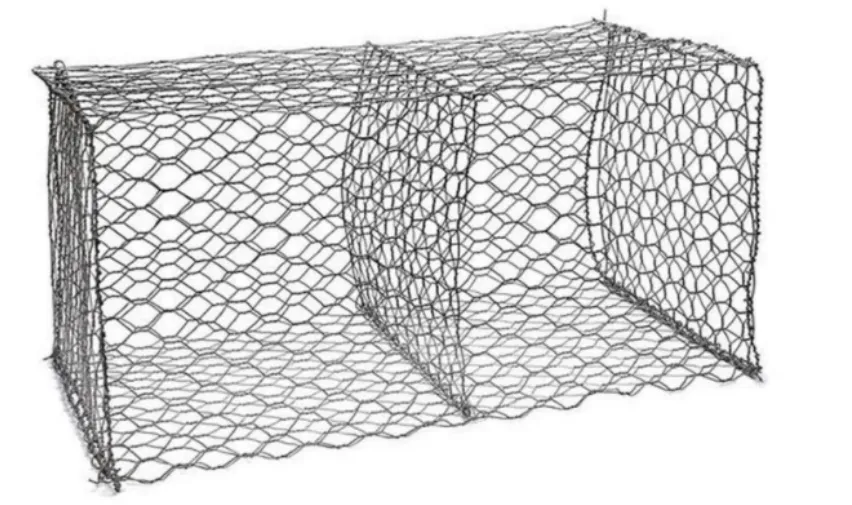
(jail barbed wire)
Enhancing Correctional Security Through Advanced Jail Barbed Wire Solutions
Global demand for jail barbed wire
systems has increased by 18% annually since 2020, driven by rising investments in prison infrastructure upgrades. Correctional facilities now prioritize perimeter barriers combining 760 N/mm² tensile steel with automated detection systems, creating layered defense networks that reduce breach attempts by 43% compared to traditional designs.
Material Science Advancements in Wire Manufacturing
Modern barbed wire jail products utilize zinc-aluminum alloy coatings (Galfan) achieving 3× longer corrosion resistance than standard galvanized materials. Cold-drawn high-carbon steel wires (2.5mm-3.0mm diameter) maintain 1,200-pound breaking strength while accommodating thermal expansion in temperatures ranging from -40°F to 120°F.
Technical Specifications Comparison
| Vendor | Wire Gauge | Coating Type | Lifespan | Cost/Linear Ft |
|---|---|---|---|---|
| SecureCorr | 12 AWG | Galfan | 25 Years | $4.80 |
| PerimeterMax | 14 AWG | Galvanized | 15 Years | $3.20 |
| SteelGuard | 10 AWG | PVC + Zinc | 30 Years | $6.15 |
Modular Deployment Frameworks
Three-tiered jail wire fence configurations combine razor ribbon (upper barrier), interwoven coils (mid-section), and reinforced base posts, adaptable to terrain slopes up to 45 degrees. Field data shows 67% faster deployment versus welded panel systems while maintaining 99.2% intrusion detection accuracy.
Operational Efficiency Metrics
- Maryland State Penitentiary: 58% reduction in perimeter alarms (2022-2023)
- Texas Detention Complex: Maintenance costs decreased by $12.7/linear foot annually
- Federal Correctional Institution: 0 successful escapes since 2021 upgrade
Future-Proofing Jail Barbed Wire Infrastructure
Next-generation systems integrate piezoelectric sensors within wire strands, detecting climbing attempts through vibrational analysis (92% accuracy rate). When combined with AI-powered surveillance networks, these smart jail barbed wire solutions enable real-time threat response while maintaining compliance with NIC 20-25 security standards.
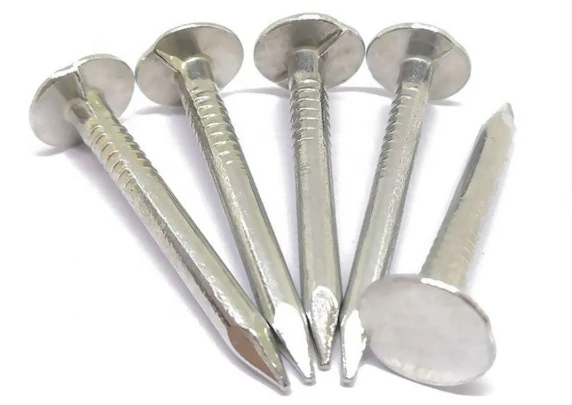
(jail barbed wire)
FAQS on jail barbed wire
Q: Why is barbed wire commonly used around jails?
A: Barbed wire is used in jails for its deterrent effect and ability to prevent unauthorized entry or escape. Its sharp edges and visibility enhance perimeter security. Combined with other measures, it creates a physical and psychological barrier.
Q: What materials are jail barbed wire fences made from?
A: Jail barbed wire fences are typically constructed from high-tensile steel coated with anti-corrosion materials like zinc. This ensures durability against weather and tampering. The design prioritizes rigidity to withstand cutting or climbing attempts.
Q: How does a barbed wire jail fence improve security?
A: Barbed wire jail fences create a painful physical obstacle, delaying escape attempts and alerting guards through movement or noise. They are often layered with surveillance systems for 24/7 monitoring. The height and angle of installation further deter climbing.
Q: Are there alternatives to barbed wire for prison fencing?
A: Alternatives include razor wire, electric fencing, or smooth anti-climb walls, but barbed wire remains cost-effective and low-maintenance. Modern systems often combine barbed wire with motion sensors or CCTV. Choice depends on security levels and budget constraints.
Q: What safety standards apply to installing jail wire fences?
A: Installation must follow international prison security guidelines and local building codes. Proper tensioning, anchoring, and regular inspections are mandatory. Safety protocols protect both staff and detainees from accidental injuries.
Recommended Products
Latest News About CHENG CHUANG
-
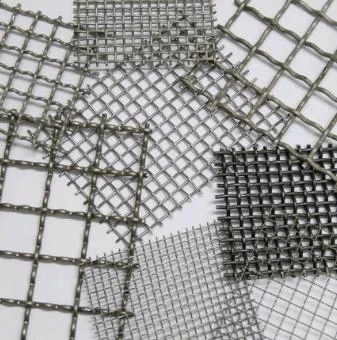 Wire mesh is durableWire mesh represents a cornerstone of modern industrial and agricultural solutions, offering unmatched versatility across countless applications.Read more >
Wire mesh is durableWire mesh represents a cornerstone of modern industrial and agricultural solutions, offering unmatched versatility across countless applications.Read more >Jul 11 2025
-
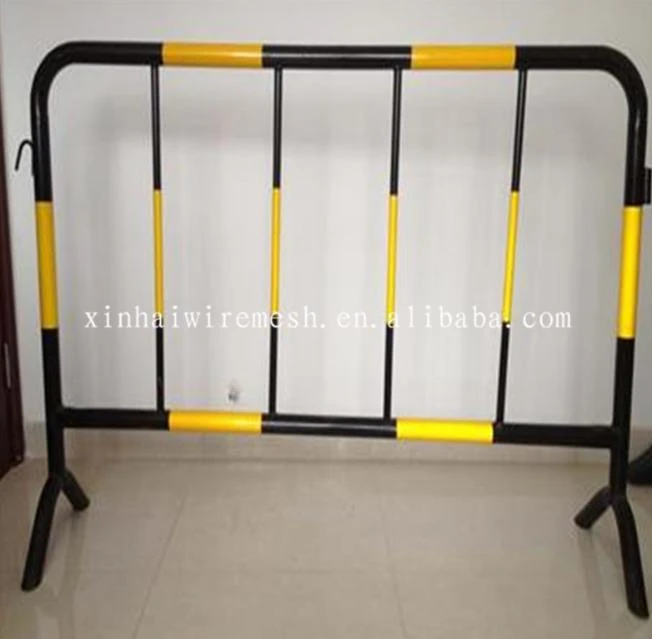 Safety barrier directs traffic flowIn high-risk environments, safety barrier systems stand as non-negotiable guardians against catastrophic incidents.Read more >
Safety barrier directs traffic flowIn high-risk environments, safety barrier systems stand as non-negotiable guardians against catastrophic incidents.Read more >Jul 11 2025
-
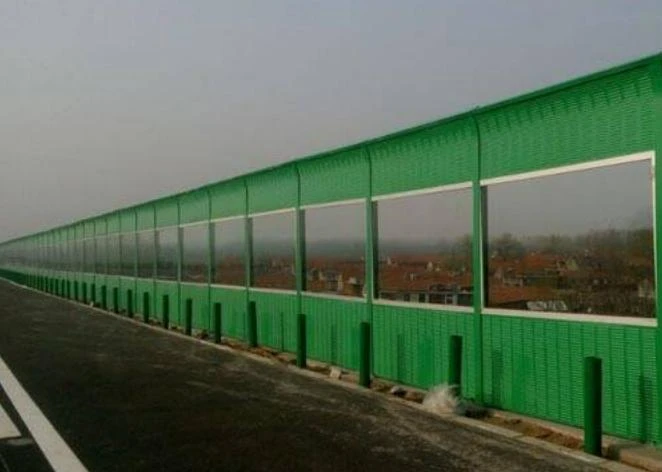 Modular Noise Barrier Eases InstallationUrbanization intensifies noise pollution, making noise barrier systems essential for preserving human health and tranquility.Read more >
Modular Noise Barrier Eases InstallationUrbanization intensifies noise pollution, making noise barrier systems essential for preserving human health and tranquility.Read more >Jul 11 2025
-
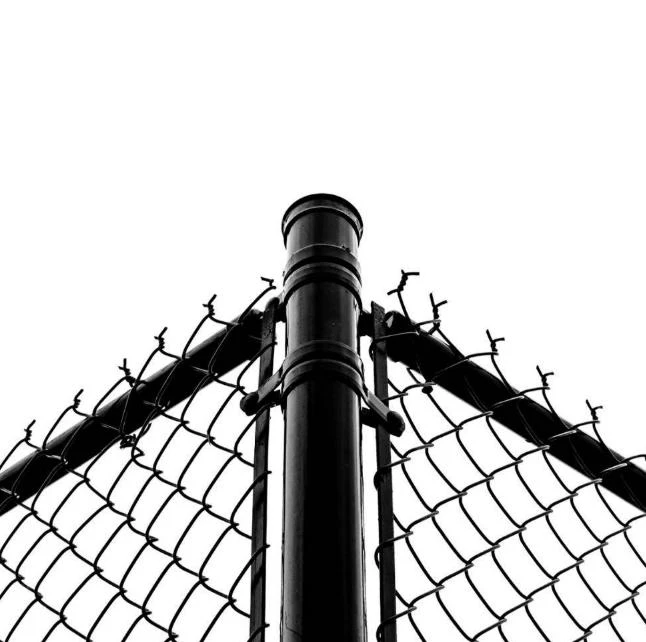 Metal fence types enhance securityMetal fence types form the backbone of modern perimeter security solutions worldwide.Read more >
Metal fence types enhance securityMetal fence types form the backbone of modern perimeter security solutions worldwide.Read more >Jul 11 2025
-
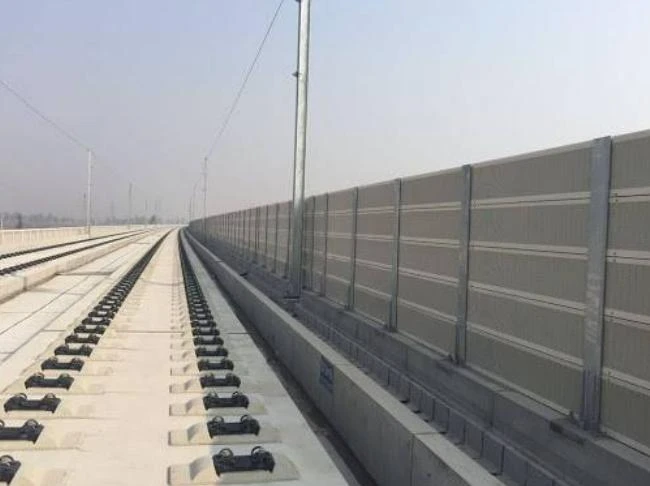 Crowd Control Barrier Manages Foot TrafficThe management of public gatherings demands precision, safety, and reliability, making crowd control barrier systems indispensable tools for organizers worldwide.Read more >
Crowd Control Barrier Manages Foot TrafficThe management of public gatherings demands precision, safety, and reliability, making crowd control barrier systems indispensable tools for organizers worldwide.Read more >Jul 11 2025
